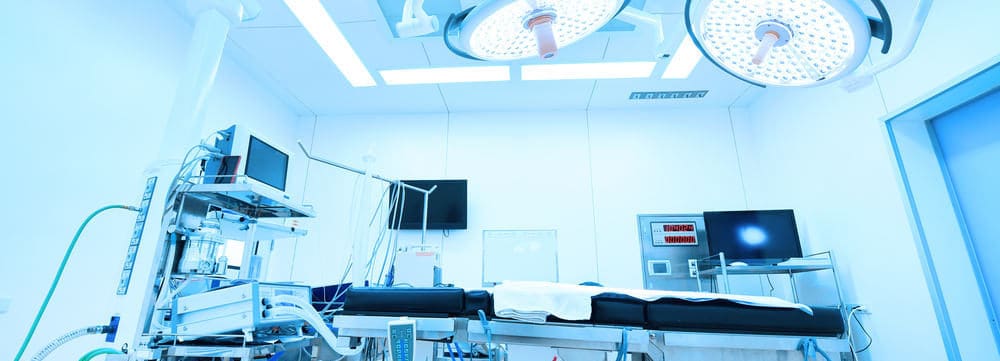Blog
LED Lighting Rocks Healthcare Design

Beyond functionality and performance, lighting design can play a role in human health. See how LED’s are rocking the healthcare environment…
Of all the elements needed to build new healthcare facilities or update existing ones, lighting has undergone the most changes in selection criteria. Lighting has been rocked by the growing use of LEDs (light-emitting diodes). This shift has changed the way architects, lighting designers, and healthcare facility decision-makers approach this specific piece of the design puzzle.
After much evaluation, studies showed that LED lights are:
- More cost effective
- Offer more control and flexibility in each space because they can be dimmed through a control system that is installed within each fixture
- Reduce maintenance time and storage space
and, most of all:
- Offer better quality of emitted light which effects health on patients and staff
Lighting and human health
Beyond functionality and performance, lighting design can play a role in human health with the current focus on patients in long-term care, who typically spend their days indoors under relatively low light levels.
The best approach is to manage the 24-hour lighted environment to deliver stimulus during the day and darkness at night to restore and maintain a stable circadian rhythm. LED lights offer a way to deliver the control needed to create such environment by controlling the intensity, duration, and color of the light.
It is believed that dimmable LED down-lights will become the standard of the future as output increases and the cost drops. Hospital administrators are taking notice and looking for a way to provide patients more control over their environment and add to their feeling of comfort.
Quality of light and color go a long way too. LEDs offer more lumens per watt which increase brightness and measure more closely to sunlight.







